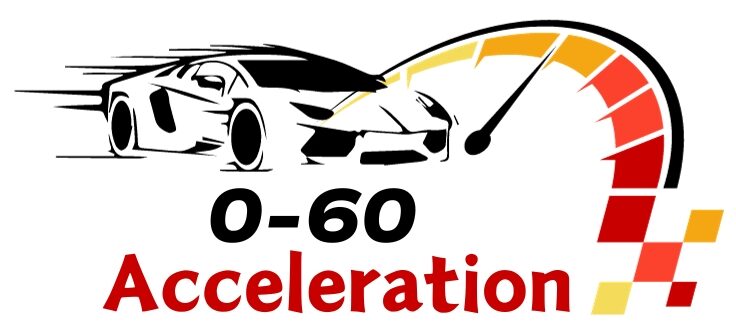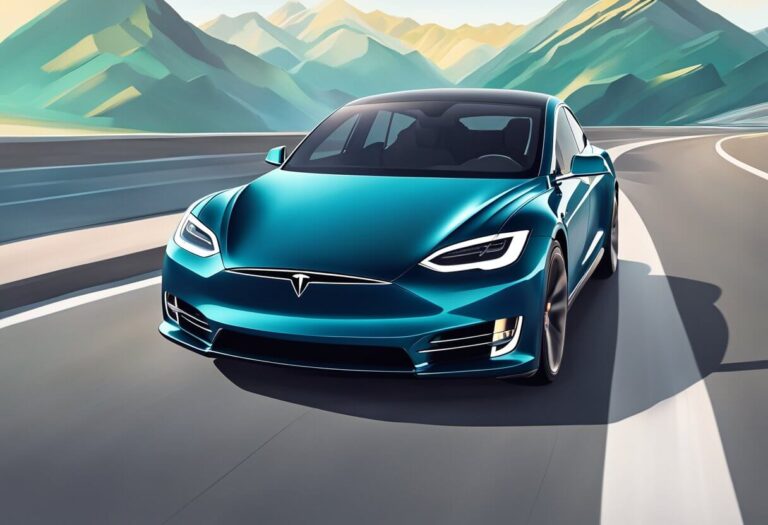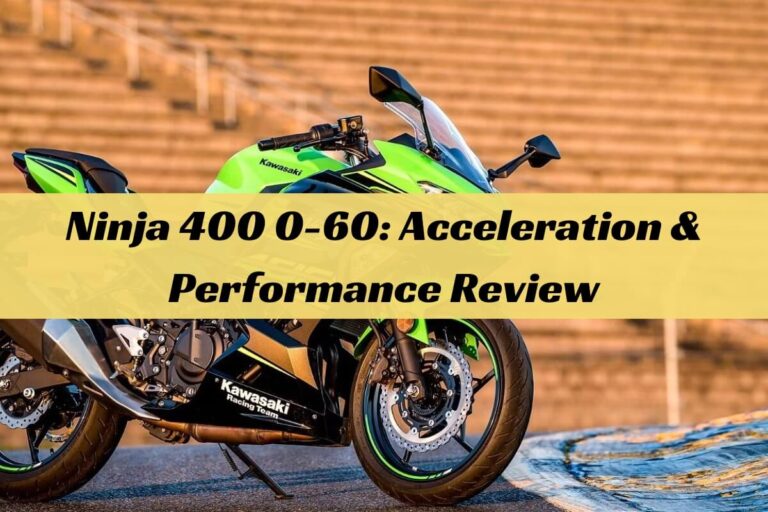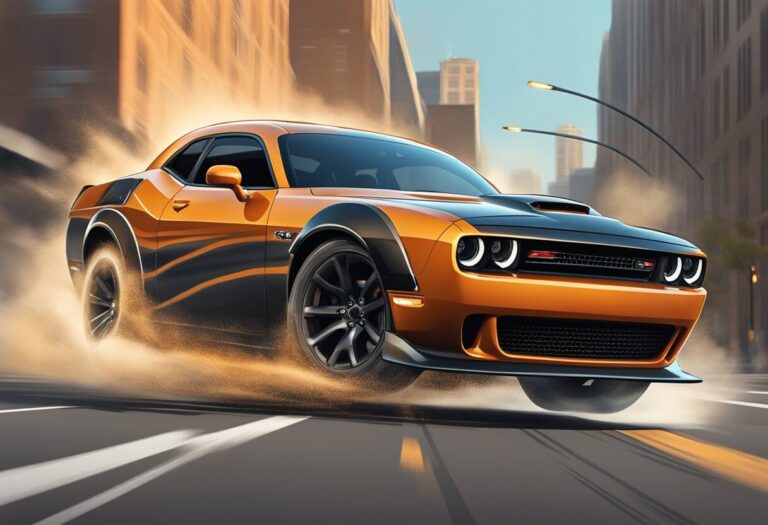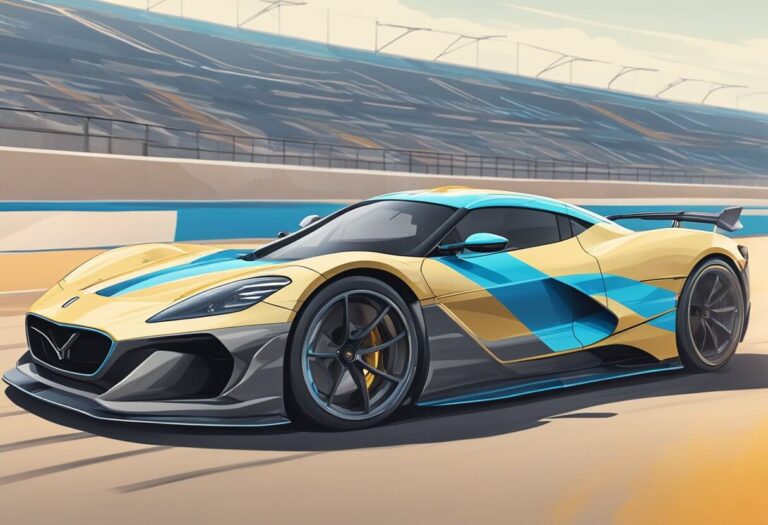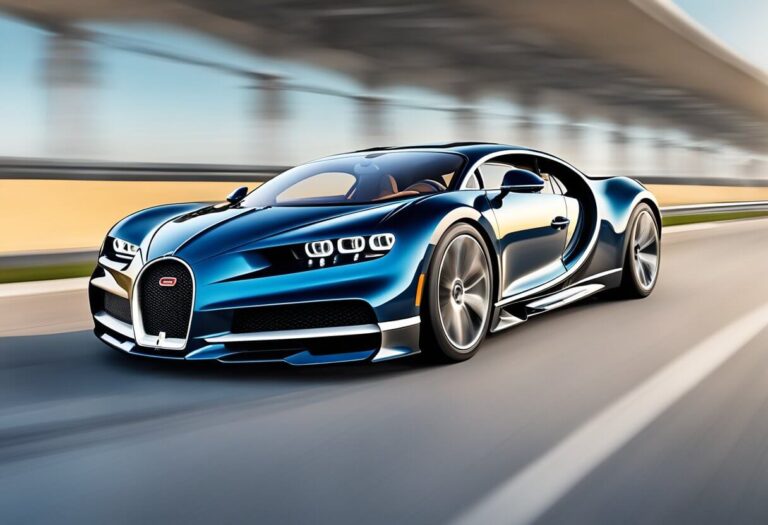
When it comes to blistering acceleration in an SUV package, few vehicles can match the ferocious straight-line performance of the Jeep Grand Cherokee Trackhawk. This high-performance beast takes the already potent Grand Cherokee and cranks the adrenaline up to insane levels, rocketing from 0 to 60 mph in a mind-boggling 3.5 seconds. That’s territory normally reserved for exotic supercars, not a family-friendly SUV.
Trackhawk Performance Highlights
The Trackhawk is the most powerful Jeep ever produced, thanks to its supercharged 6.2-liter V8 engine that unleashes a whopping 707 horsepower and 645 lb-ft of torque. Coupled with an advanced all-wheel-drive system and hardcore performance upgrades, the Trackhawk transforms this practical SUV into an asphalt-shredding missile.
Key performance features include:
- 6.2L Supercharged V8 Hemi engine (707 hp, 645 lb-ft)
- Advanced all-wheel-drive with rear-biased torque split
- Launch control system for optimized acceleration
- High-performance Brembo brakes
- Sporty suspension tuning and adaptive damping
How Quick is the Trackhawk 0-60?
According to Jeep’s official specs, the stock Grand Cherokee Trackhawk can blast from 0 to 60 mph in an incredible 3.5 seconds. For some perspective, that’s quicker than iconic sports cars like the Porsche 911 Carrera and Nissan GT-R.
But the performance potential doesn’t stop there. With a few choice modifications, Trackhawk owners have pushed the acceleration envelope even further:
- 1300WHP “CamoHawk” version: 0-60 mph in 2.0 seconds
- 1000 HP Trackhawk: 0-60 mph in 2.7 seconds
- 1000+ HP Trackhawk: 0-60 mph in 2.4 seconds
Other impressive acceleration stats for the stock Trackhawk include a quarter-mile time of 11.6 seconds at 116 mph and a top speed of 180 mph.
Trackhawk Specs Table
| Feature | Specification |
|---|---|
| Engine | 6.2L Supercharged V8 |
| Horsepower | 707 hp @ 6,000 rpm |
| Torque | 645 lb-ft @ 4,800 rpm |
| Transmission | 8-speed automatic |
| 0-60 mph | 3.5 seconds |
| 1/4 Mile | 11.6 sec @ 116 mph |
| Top Speed | 180 mph (290 km/h) |
What Makes the Trackhawk So Quick?
Several factors contribute to the Jeep Trackhawk’s incredible acceleration capabilities. Of course, the monstrous 707 hp supercharged V8 is the star of the show, providing immense thrust right off the line.
However, the Trackhawk’s acceleration prowess stems from more than just raw horsepower. Its advanced all-wheel-drive system and rear-biased torque split help maximize traction for brutal straight-line performance. The quick-shifting 8-speed automatic transmission is also a key enabler.
Furthermore, the Trackhawk comes equipped with a launch control system that coordinates the engine, transmission, driveline, and suspension for optimum hard acceleration from a standstill. This allows the SUV to consistently nail those blistering 0-60 times.
Owners’ Real-World 0-60 Experiences
While the numbers are impressive on paper, what do actual Trackhawk owners have to say about its whiplash-inducing acceleration? Owner reviews across forums and social media have been overwhelmingly positive regarding its straight-line performance:
“The acceleration in this thing is absolutely INSANE. It just keeps pulling and pulling…an addictive rush every time you mat the throttle.” – TrackHawkForums
“Driving the Trackhawk is like being rear-ended by a freight train at every stoplight. The acceleration never fails to put a huge grin on my face.” – Reddit
However, some downsides are also commonly mentioned, including poor fuel economy (13 mpg combined), a stiff ride, and an interior that could use more refinement for the premium price point.
How It Compares to Rivals
When it comes to accelerating from 0-60 mph, the Jeep Trackhawk outmuscles most of its high-performance SUV rivals:
- BMW X5 M Competition: 3.8 seconds
- Mercedes-AMG GLE 63 S: 3.7 seconds
- Porsche Cayenne Turbo: 3.7 seconds
- Alfa Romeo Stelvio Quadrifoglio: 3.6 seconds
Only the ultra-expensive Lamborghini Urus can outgun the Trackhawk’s 0-60 time, clocking in at 3.1 seconds. But the Urus also costs over twice as much as the Jeep.
Modifications to Boost Trackhawk’s 0-60
For those who find the Trackhawk’s factory 3.5 second 0-60 time “too slow”, a whole world of modifications can unleash even more explosive straight-line performance. Some of the most popular mods include:
Cold Air Intakes: Replacing the restrictive stock airbox with a high-flow cold air intake allows the supercharged V8 to breathe better for more power.
Exhaust Systems: Adding less-restrictive aftermarket exhaust components like headers, mid-pipes, and high-flow mufflers maximizes power at higher RPMs.
Tuning: Revised engine computer tuning optimizes air/fuel ratios, ignition timing, and boost levels to liberate extra horsepower safely.
Drivetrain Upgrades: Stronger axles, differentials, and driveshafts help put the added power down more effectively.
With extensive modifications like these, it’s possible to take the Trackhawk well beyond the 1,000 horsepower mark for incredible sub-3 second 0-60 times.
Pros and Cons for Daily Driving
As appealing as those face-warping acceleration stats are, the Jeep Grand Cherokee Trackhawk does come with some compromises to consider for daily driving:
Pros:
- Acceleration thrill never gets old
- Capable of towing up to 7,200 lbs
- All-weather traction with AWD
- Spacious and comfortable cabin
Cons:
- Abysmal fuel economy (13 mpg combined)
- Stiff, unforgiving ride on rough roads
- Limited cargo space for an SUV
- Premium pricing can be tough to swallow
So while the Trackhawk is an absolute riot when the road opens up, its uncompromising performance does impact day-to-day livability to some degree.
Other Vehicles with Comparable Acceleration
If the Jeep Trackhawk’s straight-line ferocity has you hooked but its compromises give you pause, there are a few alternatives that offer similar 0-60 thrills:
More Affordable:
- Dodge Challenger/Charger Hellcat
- Ford Mustang Shelby GT500
- Chevrolet Camaro ZL1
Luxury Muscle:
- Dodge Durango SRT Hellcat
- BMW M5 Competition
- Mercedes-AMG E63 S
Electric Power:
- Tesla Model X Plaid (2.5 sec 0-60)
- Lucid Air Dream Edition (2.5 sec)
Of course, each of these options brings its own set of pros and cons in terms of practicality, comfort, and driving engagement to consider.
Who Should Consider the Trackhawk?
The 2023 Jeep Grand Cherokee Trackhawk is an exhilarating choice for those who want supercar-levels of acceleration performance in a more practical SUV package. It’s ideal for:
- Driving enthusiasts who want maximum thrills
- Families that need the versatility of an SUV
- Those who can tolerate the Trackhawk’s compromises
- Buyers wanting a true “sleeper” performance vehicle
Its $90,000+ price tag definitely makes the Trackhawk a niche product. But for those prioritizing mind-bending straight-line acceleration and raw performance above all else, the Jeep delivers an incomparable adrenaline rush wrapped in a practical SUV package.
When to Look Elsewhere
As thrilling as the Trackhawk may be, it’s not the ideal choice for everyone. Those better served by looking at other performance SUV options include:
- Buyers focused on day-to-day comfort and refinement
- Families needing more cargo versatility
- Those on a stricter budget (Trackhawk is $90k+)
- Drivers who prioritize handling over straight-line speed
The Trackhawk’s uncompromising performance does result in some sacrifices when it comes to ride quality, fuel efficiency, and interior appointments compared to more luxury-oriented offerings. Properly setting expectations is key.
Maintaining the Trackhawk for Peak Performance
With great power comes great responsibility for maintenance. The Jeep Trackhawk’s owner’s manual calls for oil changes every 8,000 miles or 12 months. Other routine services include:
- Tire rotations every 16,000 miles
- Air filter replacements at recommended intervals
- Transmission fluid changes around 100,000 miles
Additionally, extensive modifications can place extra strain on components and may require more diligent monitoring of fluid levels, temperatures, and overall vehicle health.
Following the recommended maintenance schedule is crucial, as a single missed service could spell disaster for the high-strung supercharged V8 engine and transmission. Poor maintenance can also potentially void the Trackhawk’s warranty coverage.
FAQs About Trackhawk Acceleration
Still have some burning questions about wringing maximum acceleration out of the Grand Cherokee Trackhawk? Here are some common queries:
What’s the optimal launch technique?
For brutal acceleration, engage launch control, keep revs around 1,800 rpm, release the brake with your left foot to avoid pedal overlap, and hang on tight!
Is the Trackhawk faster than the Hellcat models?
In stock form, the Trackhawk’s 0-60 time edges out the Dodge Challenger and Charger Hellcats by a few tenths. But highly-modified Hellcats can be quicker.
What’s the difference versus a Trackhawk “Sleeper”?
“Sleepers” refer to heavily-modded Trackhawks that look stock but pack immense power, like the 1,000+ hp builds that can hit 60 mph in the 2-second range.
Can I upgrade to make my Trackhawk as fast as these tuned ones?
With enough money invested into engine, drivetrain, and supporting mods, along with professional tuning, sub-3 second 0-60 times are achievable on a Trackhawk.
Final Thoughts
There’s no denying the awe-inspiring, neck-straining acceleration capabilities of the Jeep Grand Cherokee Trackhawk. With the ability to humble genuine supercars in the 0-60 mph sprint, this performance-bred SUV is an absolute rocket ship in family hauler clothing.
While its unrelenting power and straight-line ferocity are immensely thrilling, the Trackhawk does demand some sacrifices in daily driving refinement. Its stiff ride, prodigious thirst for fuel, and compromises in practicality may give some buyers pause.
But for those who can accommodate its quirks, the 2023 Trackhawk delivers a truly incomparable blend of face-melting acceleration and SUV versatility that nothing else can quite match. Just be sure to budget for the inevitable speeding tickets that’ll come with tapping into all 707 furious supercharged horses.
